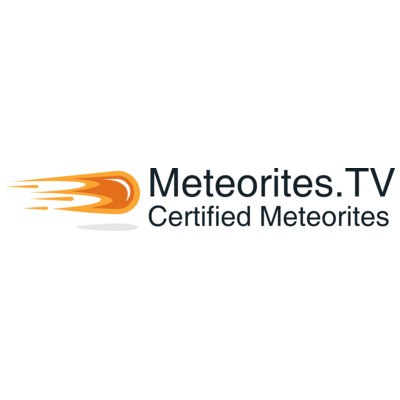Lodranites
General: The meteorites of this group are named for their type specimen, Lodran, a meteorite that fell in Pakistan in 1868. For more than a century, the lodranites were grouped with the stony-iron meteorites since they contain components of both, stony material, and nickel-iron metal in roughly equal proportions. However, since the discovery of the closely related group of acapulcoites, sharing a similar mineralogy, chemism, and oxygen isotopic pattern, they are classified as primitive achondrites.
Description: On a cut surface, lodranites exhibit a very intriguing mixture of nickel-iron, and stony material, and especially the type specimen, Lodran, is an optical treat with its greenish crystals set in a wild matrix of shiny metal. The crust is black, and doesn't reveal much of the beauty within.
Mineralogy: Like the acapulcoites, the lodranites consist of nickel-iron metal and troilite, as well as of olivine, orthopyroxene, and minor plagioclase. However, these minerals are much more coarse-grained, and the nickel-iron blebs and veins also tend to be more pronounced as in the acapulcoites. Their mineral chemistry is near to chondritic, while the medium to coarse-grained texture of the lodranites is indicative for an achondrite.
Formation history: Lodranites have coarser-grained olivines and pyroxenes and experienced higher temperatures than the closely related acapulcoites. These facts strongly suggest that the lodranites have their origin within the deeper layers of the acapulcoite/lodranite parent body where they were subjected to a more intense and prolonged thermal processing.
Origin: Asteroidal. According to detailed mineralogic and isotopic studies, the lodranites share one and the same parent body with the acapulcoites, most probably an S-type asteroid that has yet to be identified. No spectral match has been found, so far.
Members: There are only 13 members to this group, and most of them have been recovered from the blue-ice fields of Antarctica. Besides the original Lodran, there are only two other members that occasionally get available on the private market: Gibson, a lodranite from Australia, the lodranite NWA 2235 and the brand-new lodranite breccia NWA 4478 from Morocco.
